The advantage of a Center Weighted Darts Shape lies in its balanced feel, promoting a smoother, more controlled release for many players. This article explores the benefits, drawbacks, and suitability of center-weighted darts, helping you determine if this dart shape can improve your game.
⚠️ Still Using Pen & Paper (or a Chalkboard)?! ⚠️
Step into the future! The Dart Counter App handles all the scoring, suggests checkouts, and tracks your stats automatically. It's easier than you think!
Try the Smart Dart Counter App FREE!Ready for an upgrade? Click above!
Understanding Center Weighted Darts Shape
When we talk about the weight distribution of a dart, we’re referring to where the majority of the dart’s mass is concentrated along its length. A Center Weighted Darts Shape places the balance point squarely in the middle of the barrel. This results in a neutral feel, where neither the front nor the back of the dart feels heavier. This balance can be particularly helpful for players who struggle with consistent release or prefer a less aggressive flight path.
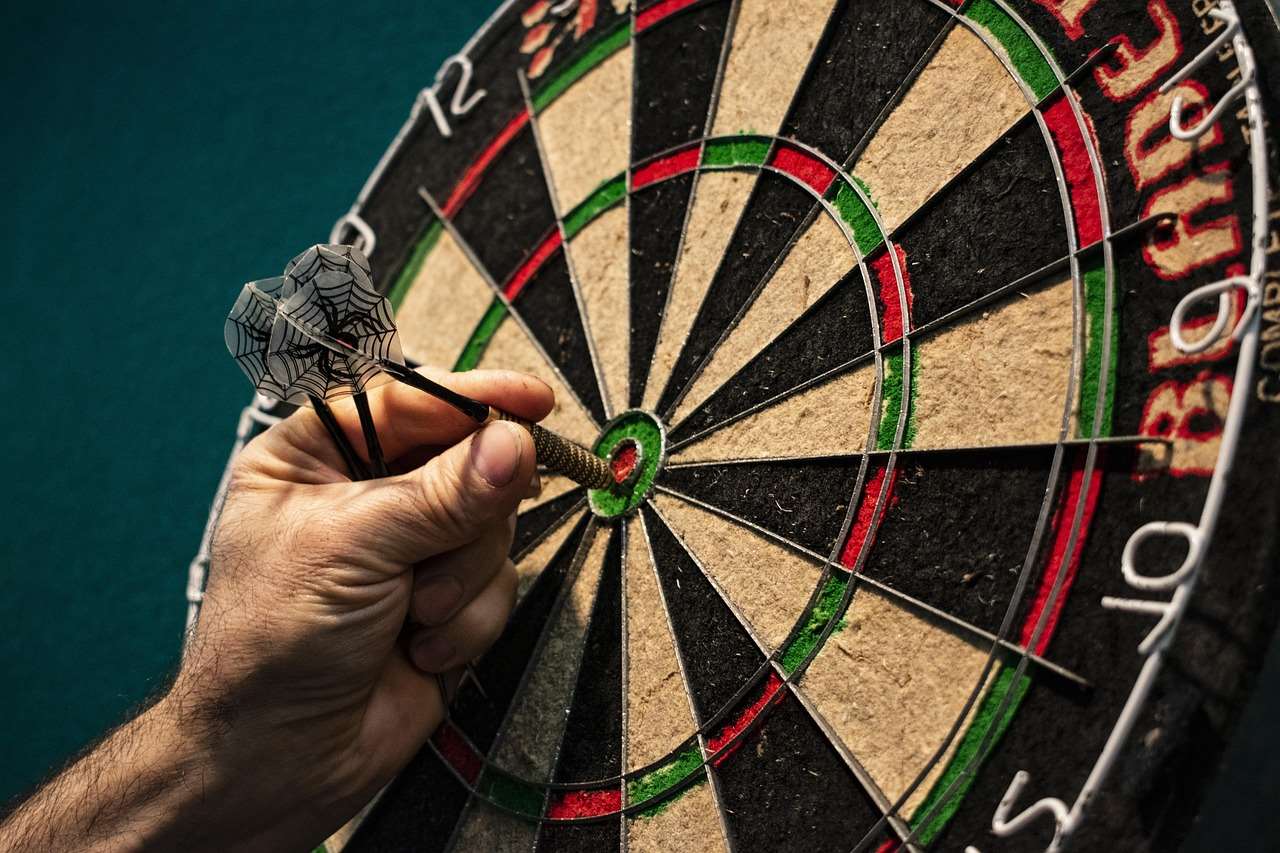
Many darts players find that this type of dart helps to promote a straighter, more consistent throw because the weight distribution makes the dart inherently stable. However, it’s essential to remember that the “best” dart is subjective and depends on individual throwing style and preferences. Let’s delve into the specific benefits and drawbacks.
Benefits of Center Weighting
- Balanced Feel: The most obvious advantage is the balanced sensation in your hand. This can lead to a more natural and less forced throwing motion.
- Consistent Release: Because there’s no significant weight bias towards the front or back, it’s often easier to release the dart cleanly and consistently.
- Straight Flight Path: Center weighted darts tend to fly straighter, which can be beneficial for players aiming for precision. You can Choose Best Dart Equipment to optimize your dart setup.
- Adaptability: Many players find center-weighted darts easier to adapt to, especially when switching from other dart shapes.
- Reduced Wobble: The even weight distribution can help minimize wobble during flight, leading to more accurate throws.
Drawbacks of Center Weighting
- Lack of Aggression: For players who prefer a more aggressive, arcing flight path, center-weighted darts might feel too tame.
- Less Forgiving: While the balanced feel aids consistency, it can also mean that slight errors in release are more noticeable than with other weight distributions.
- Personal Preference: Ultimately, the suitability of center weighted darts is highly personal, and some players simply won’t like the feel.
Who Should Consider Center Weighted Darts?
Center weighted darts aren’t for everyone, but they can be particularly beneficial for certain types of players:
- Beginners: The balanced feel and straighter flight path can be advantageous for new players learning the fundamentals of dart throwing. A Beginner Dart Barrel Materials Guide can further help you choose your first set of darts.
- Players Seeking Consistency: If you struggle with inconsistent release, the balanced nature of these darts may help improve your throwing motion.
- Players Who Prefer a Straight Throw: If you naturally throw with a straighter arm motion and prefer a direct flight path, these darts can enhance your accuracy.
- Players Switching Styles: If you’re transitioning from front- or rear-weighted darts, a center-weighted option can be a good intermediate step.
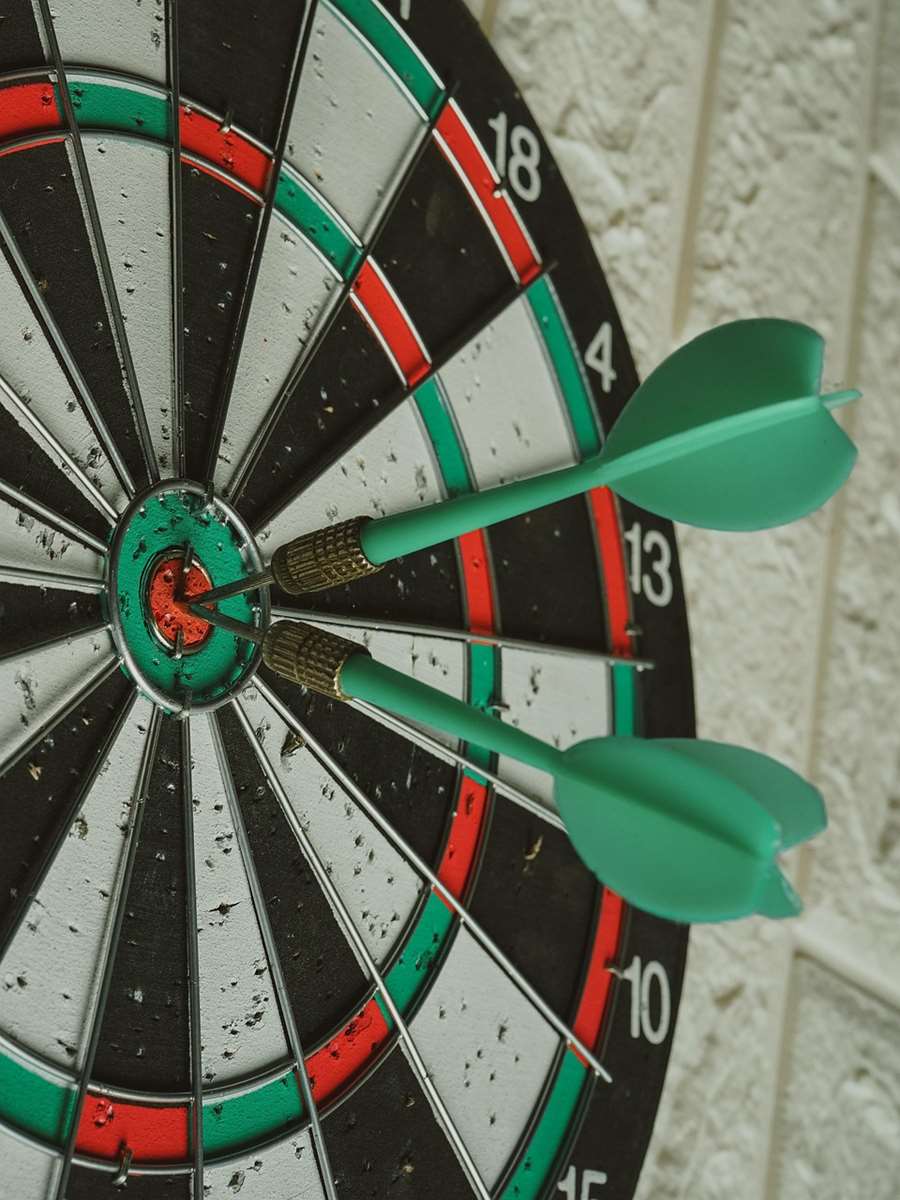
Factors to Consider When Choosing Center Weighted Darts
Even within the category of center weighted darts, there’s considerable variation. Here are some key factors to consider:
- Barrel Material: The material of the barrel significantly impacts the dart’s weight and grip. Common materials include brass, nickel silver, and tungsten. Brass vs Tungsten Darts Comparison reveals that tungsten is denser and allows for slimmer barrels, which can be crucial for grouping darts tightly.
- Barrel Shape: The shape of the barrel (e.g., straight, torpedo, bomb) affects the grip and release. Experiment to find a shape that feels comfortable and natural in your hand.
- Grip: The type of grip (e.g., knurled, rings, smooth) influences how securely you can hold the dart. Choose a grip that provides adequate control without being too abrasive.
- Weight: The overall weight of the dart is a crucial factor. Experiment with different weights to find what feels most comfortable and controllable.
Comparing Center Weighted Darts to Other Weight Distributions
To fully appreciate the benefits of center weighted darts, it’s helpful to compare them to other common weight distributions:
Front Weighted Darts
Front-weighted darts have the majority of their mass concentrated towards the front of the barrel. This makes them feel heavier in the hand and tends to produce a more arcing flight path. They can be beneficial for players who use a more lobbed throwing motion or who want the dart to “pull” itself towards the target. However, they can also be less forgiving of errors in release. Front-weighted darts may be more suitable when choosing Choose Right Dart Material Guide.
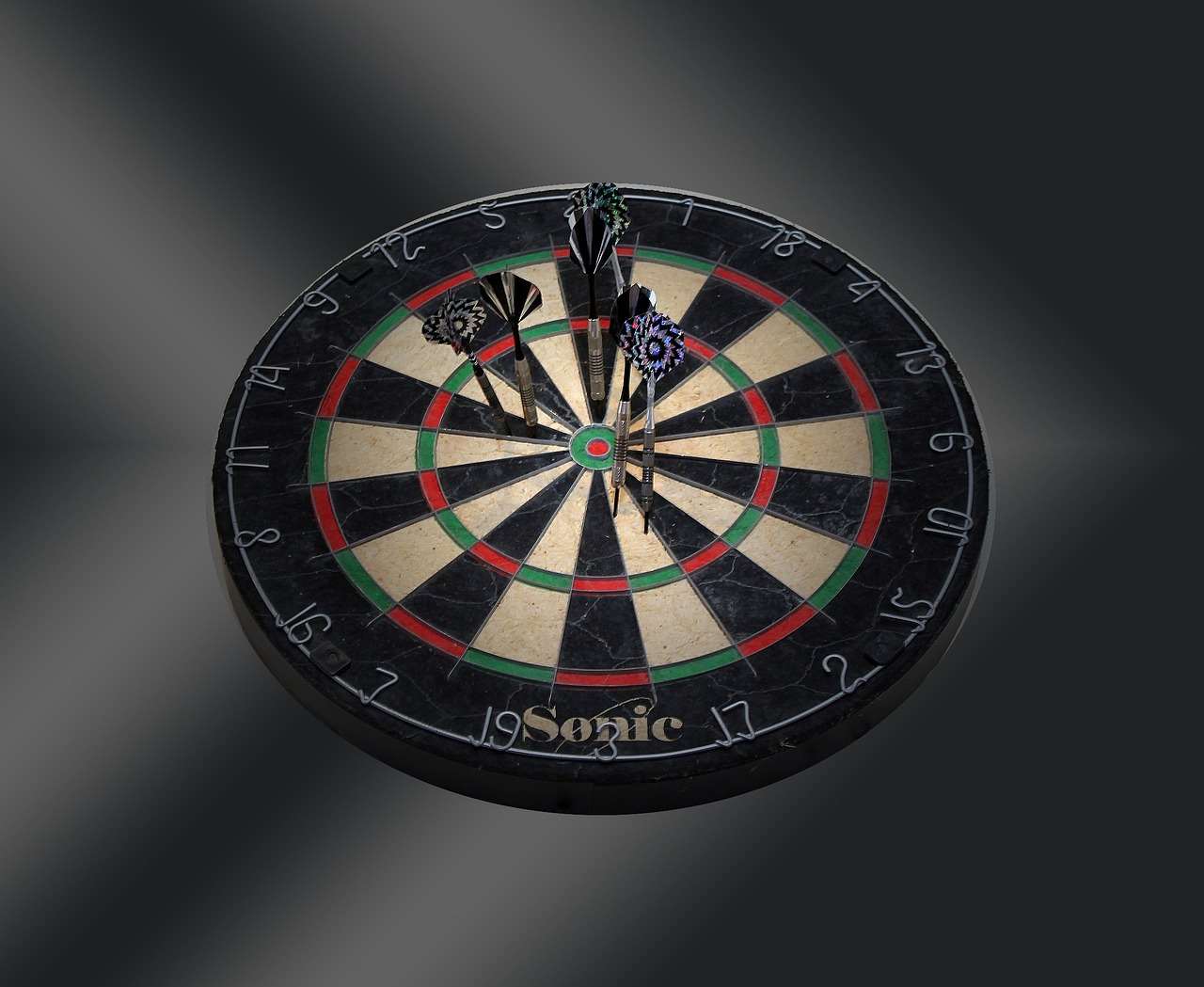
Rear Weighted Darts
Rear-weighted darts have the majority of their mass concentrated towards the back of the barrel. This makes them feel lighter in the hand and can promote a faster, more direct throwing motion. They can be advantageous for players who prefer a quick release or who want to reduce wobble during flight. However, they can also be more difficult to control for some players.
How Center Weighted Darts Compare
Center weighted darts offer a balance between these two extremes. They provide a stable, predictable flight path without the aggressive feel of front-weighted darts or the potentially erratic nature of rear-weighted darts. They’re a good choice for players who want a neutral, adaptable dart that promotes consistency.
Experimentation is Key
The best way to determine if center weighted darts are right for you is to try them out. Visit a darts shop or borrow a set from a friend and throw a few games. Pay attention to how the darts feel in your hand, how consistently you can release them, and the flight path they produce. Don’t be afraid to experiment with different barrel shapes, grips, and weights until you find a combination that works for you.
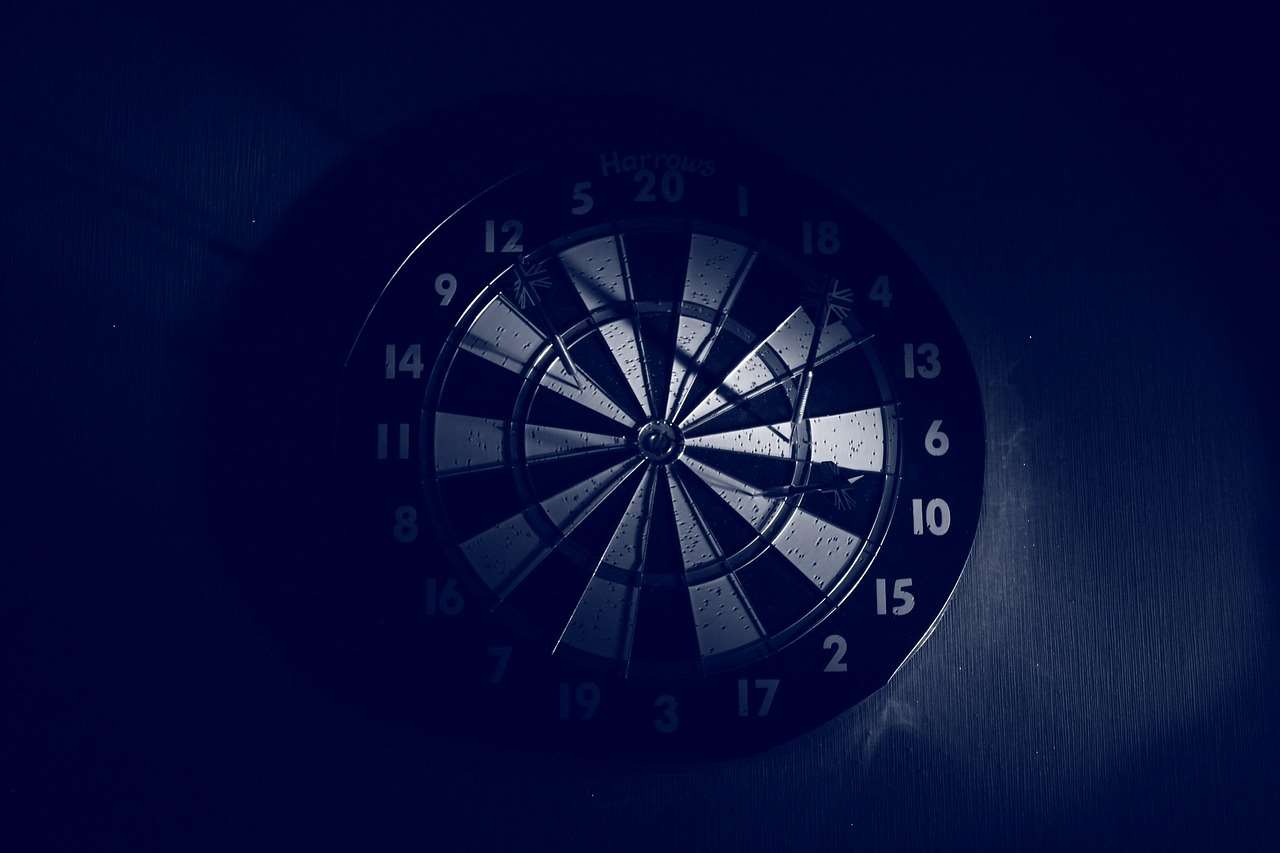
Consider joining a local darts league. Playing regularly with others can expose you to different dart types and throwing styles, which can help you refine your own preferences. Observe the darts other players use, and ask if you can try them. Experience is the best teacher when it comes to choosing darts.
The Importance of Other Equipment
While the dart shape and weight distribution are important, remember that other equipment also plays a significant role in your darting success. The flights, shafts, and dartboard all contribute to the overall performance. Experiment with different flight shapes and shaft lengths to find what works best with your chosen darts.
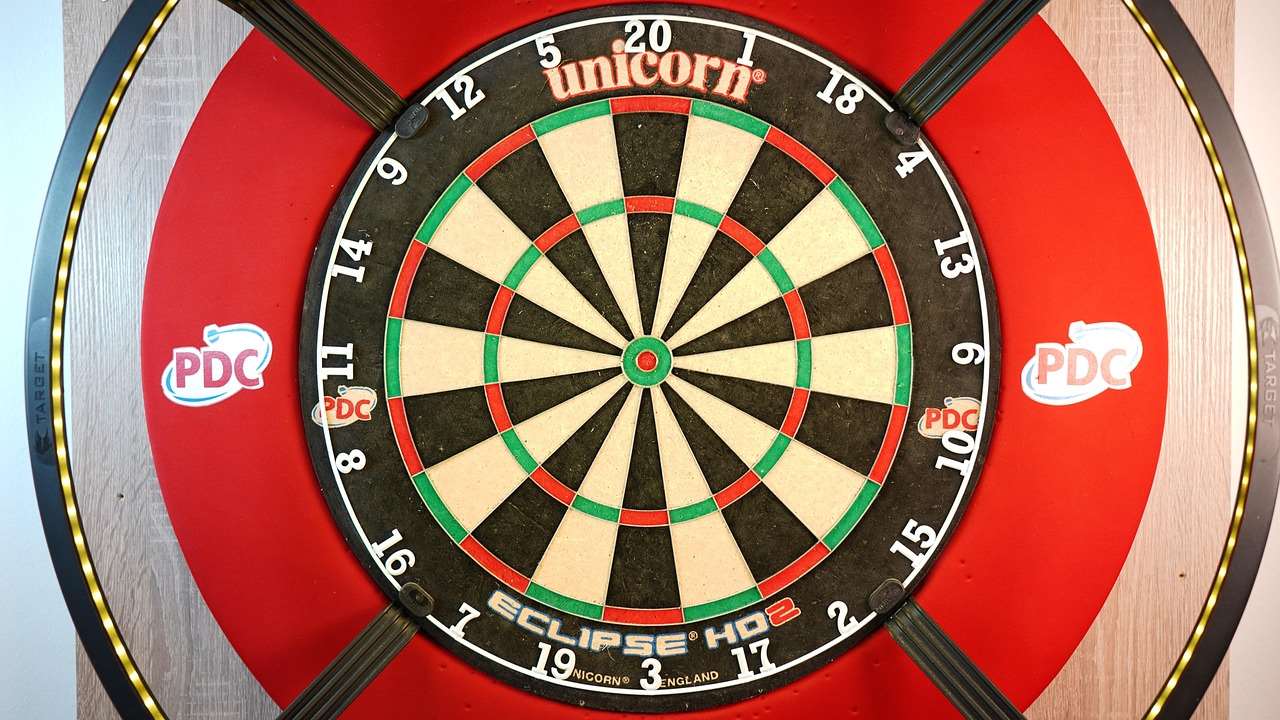
Regularly inspect your equipment for wear and tear. Damaged flights or bent shafts can significantly affect your dart’s flight path. Replacing worn-out equipment is essential for maintaining consistency and accuracy. Consider exploring options to Best Material For Darts Barrels to understand the best materials for optimal dart performance.
Final Thoughts on Center Weighted Darts Shape
Ultimately, the decision of whether or not to use center weighted darts is a personal one. They offer a balanced feel, a consistent release, and a straight flight path that can be beneficial for many players, especially beginners and those seeking greater consistency. However, they may not be the best choice for players who prefer a more aggressive or arcing throw. By understanding the benefits and drawbacks of center weighted darts and experimenting with different options, you can make an informed decision and find the perfect darts to elevate your game. Give them a try and see if they can help you hit more trebles! Choosing the right darts is the first step to improving your game; the second is practice! Good luck!
Hi, I’m Dieter, and I created Dartcounter (Dartcounterapp.com). My motivation wasn’t being a darts expert – quite the opposite! When I first started playing, I loved the game but found keeping accurate scores and tracking stats difficult and distracting.
I figured I couldn’t be the only one struggling with this. So, I decided to build a solution: an easy-to-use application that everyone, no matter their experience level, could use to manage scoring effortlessly.
My goal for Dartcounter was simple: let the app handle the numbers – the scoring, the averages, the stats, even checkout suggestions – so players could focus purely on their throw and enjoying the game. It began as a way to solve my own beginner’s problem, and I’m thrilled it has grown into a helpful tool for the wider darts community.